Walking along the side of the parking lot to get a picture of the adjacent graveyard and pyramid I was accosted by a young French couple who asked me what the pyramid was for. These were fairly young frogs, no more than 20, yet their English was delightfully atrocious, almost a parody of how the French are supposed to speak it. At least they provided me with some entertainment at the start of my day. The pyramid by the way was built by some religious lunatic in the 19th century who'd made a fortune from selling religious tracts at a penny a piece. It was built in remembrance of all who have died in the battle for religious freedom (whether this includes all those poor fuckers persecuted because of the very existence of religion I strongly doubt). Inside the structure there is reportedly a bible buried.
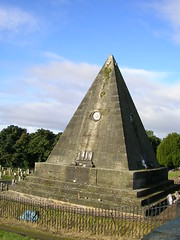
On the other side of the parking lot there's a statue of Robert the Bruce, who kicked out the English and leveled the original Stirling Castle to the ground so that it could never again be used against the Scots.
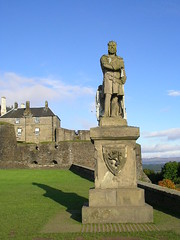
Some years after The Bruce's death it occurred to the then Scottish king that persnaps the castle might be used against the English, so they rebuilt it. Yes, this is somewhat typical of Scotland. I also found it wonderful that the church right next to the castle is known as The Holy Rude, because if anyone can mix bible thumping with profanity, it's the Scots. Sadly, rude in this case has the same meaning as in rood (see Holyrood) and simply means cross.
I'm not going to repeat everything I learned about the castle. Suffice it to say that it has some very nice buildings, and you can learn a lot from walking around here, which I happily did for a couple of hours. You can see all of the pictures here, but I'm enclosing a few, with some commentary.
The Great Hall, built in the early 1500s. Note the bright color (known as King's Gold), which some may find tacky and jarring with the rest of the castle. Bear in mind, then that this is how the whole castle looked back in the day. It was intended to shine and send a signal to the world about the King's wealth and power and apparently it could be seen from as far away as Edinburgh. The interior is great, and there were thrown some pretty wild parties in there (but for these stories you'll have to visit, neener, neener):

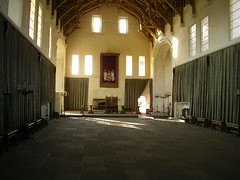
There are tons of statues, gargoyles etc on the outside walls and some are of historic interest. One statue is of James V himself (he was the father of Mary, Queen of Scots) portraying him as an ordinary citizen, but with a lion holding the crown above his head. Apparently the good James sincerely desired to be a wise and competent ruler, and would sometimes sneak out at night to go around in the taverns of the city to hear what the commoners were talking about. He might have done more than listening in, since he had at least nine illegitimate children that we know of. Another figure is shown throttling a snake; which is here meant as a symbol of the
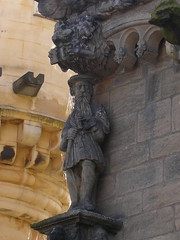
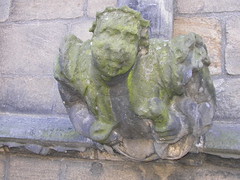
The subterranean kitchen wing is well worth a visit; great displays and much information. I learned one new thing; almost all the kitchen workers back then were men, not women.
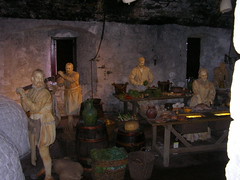
They say it's no use crying over spilt milk, but the imminent threat of a thorough beating might justify a sniffle or two.
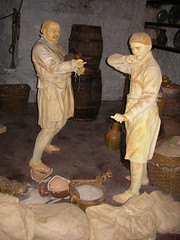
These mighty cannons blew Bonnie Prince Charles out of the water (figuratively speaking) when he laid siege to the castle in 1746.
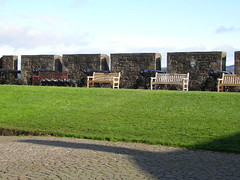
Some truly great views from the castle... across to the Wallace monument, looking down on the castle gardens (which were once the royal hunting grounds), northwest towards the highlands, east towards Edinburgh...
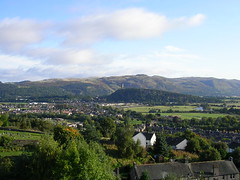
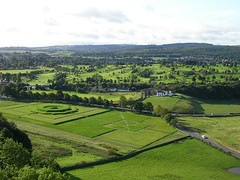
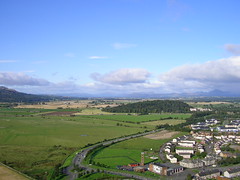
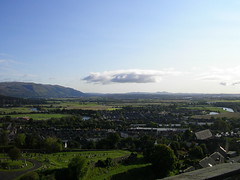
There are several indoors exhibitions, there's a military museum for a highlander regiment, there's a tapestry workshop with displays, etc, etc. One of the main palace buildings is closed for extensive repairs and reconstruction, and will open in 2011 I think. This place was so worth a visit and I'll definitely come back often.

No comments:
Post a Comment